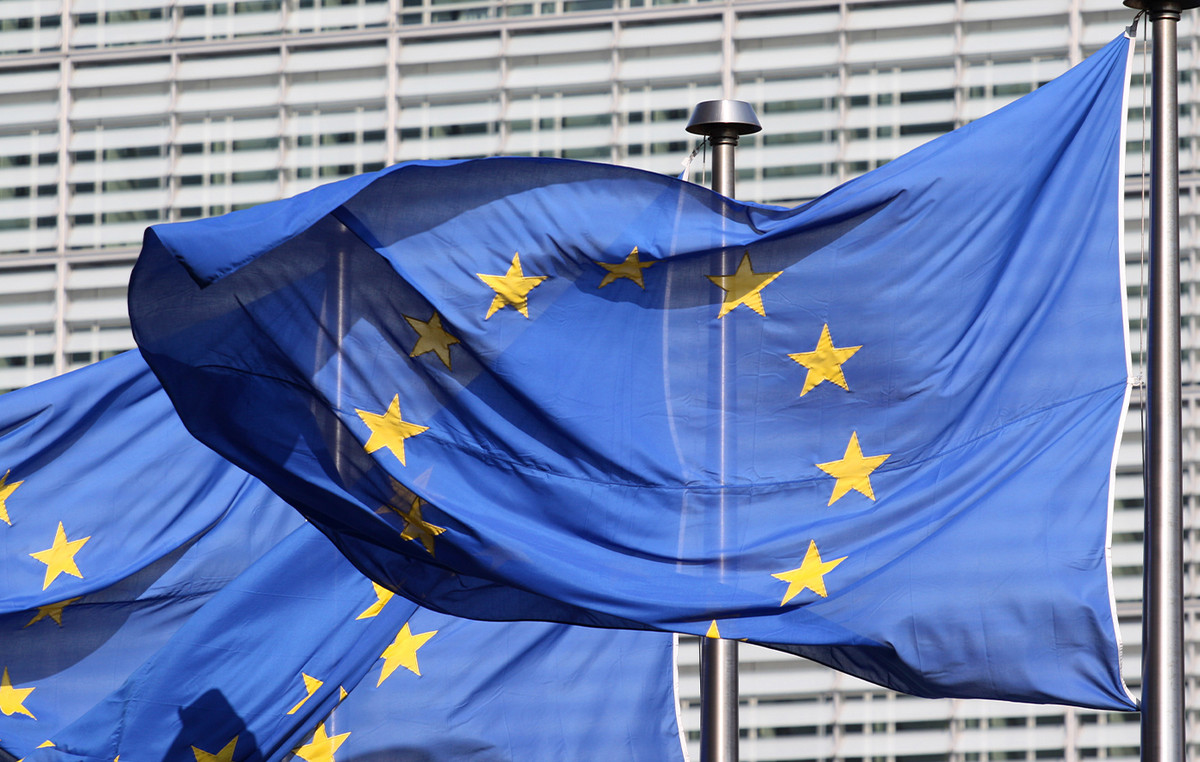- GBP/USD recovers further from a two-month low, although upside potential appears limited.
- The USD bulls choose to take some profits, which, in turn, lends support to the pair.
- An unexpected drop in UK inflation reaffirms expectations of further rate cuts from the BoE and caps the GBP.
The GBP/USD pair attracts some follow-through buying during the Asian session on Friday and looks to consolidate the overnight bounce from the 1.2975-1.2970 region, or a two-month low. Spot prices are currently trading around the 1.3020-1.3025 zone, up 0.10% on the day amid a modest decline in the US Dollar (USD), although any significant appreciative move still appears elusive.
The USD Index (DXY), which tracks the dollar against a basket of currencies, retreats from its highest level since early August, as traders choose to take some profits after a strong rally since the beginning of this month. That said, growing acceptance that the Federal Reserve (Fed) will proceed with modest rate cuts over the next year should limit the USD’s losses and cap the GBP/USD pair.
Furthermore, a surprise drop in the UK Consumer Price Index (CPI) to the lowest level since April 2021 and below the Bank of England’s 2% target paves the way for further interest rate cuts. Indeed, money markets now price it with more than 90% probability that the UK central bank will cut borrowing costs by 25 basis points (bps) at its next meeting in early November and cut rates again by December.
This could further discourage traders from placing aggressive bullish bets on the British Pound (GBP) and help keep the GBP/USD pair at bay. Therefore, it will be prudent to wait for strong follow-through buying before confirming that the recent decline from the 1.3435 region, or the highest level since March 2022 reached last month, is over and positioning for further gains.
Traders now look to the UK Retail Sales release for some impetus ahead of the US Housing Market data – Building Permits and Housing Starts later during the American session. This, along with Fed Governor Christopher Waller’s speech, will influence the USD and produce short-term opportunities around the GBP/USD pair, which looks set to post losses for the third consecutive week.
The British Pound FAQs
The British Pound (GBP) is the oldest currency in the world (AD 886) and the official currency of the United Kingdom. It is the fourth most traded foreign exchange (FX) unit in the world, accounting for 12% of all transactions, averaging $630 billion a day, according to 2022 data. Its key trading pairs are GBP/ USD, which represents 11% of FX, GBP/JPY (3%) and EUR/GBP (2%). The British Pound is issued by the Bank of England (BoE).
The most important factor influencing the value of the Pound Sterling is the monetary policy decided by the Bank of England. The Bank of England bases its decisions on whether it has achieved its main objective of “price stability” – a constant inflation rate of around 2%. Its main tool to achieve this is the adjustment of interest rates. When inflation is too high, the Bank of England will try to control it by raising interest rates, making it more expensive for people and businesses to access credit. This is generally positive for sterling, as higher interest rates make the UK a more attractive place for global investors to invest their money. When inflation falls too much it is a sign that economic growth is slowing. In this scenario, the Bank of England will consider lowering interest rates to make credit cheaper, so that companies will take on more debt to invest in projects that generate growth.
The data released measures the health of the economy and may affect the value of the pound. Indicators such as GDP, manufacturing and services PMIs and employment can influence the direction of the Pound.
Another important piece of information that is published and affects the British Pound is the trade balance. This indicator measures the difference between what a country earns from its exports and what it spends on imports during a given period. If a country produces highly in-demand export products, its currency will benefit exclusively from the additional demand created by foreign buyers seeking to purchase those goods. Therefore, a positive net trade balance strengthens a currency and vice versa in the case of a negative balance.
Source: Fx Street
I am Joshua Winder, a senior-level journalist and editor at World Stock Market. I specialize in covering news related to the stock market and economic trends. With more than 8 years of experience in this field, I have become an expert in financial reporting.







